Introduction
During the life of the English Electric Lightning there where talks and designs put together to introduce a naval variant for operation on a carrier (think swing wing, tornado style nose, side air intakes, larger fin etc.)
As always what started as the evolution of an existing airframe ended in what was essentially a new aircraft. In this instance however English Electric with RJ assistance realised that this was going to be the case early on.
With the Americans using delta wings on things such as the F103 and F106 and swept wings on the Cutless etc. it was decided that EE should adopt this on what was to become the Wasp. The leading edge angle from the lightning was kept with what was essentially an infill from the trailing edge to the fuselage added, the wing was thickened slightly to allow for more fuel storage (something the lightning itself was always short of). Engine technology was evolving at a fast rate so the new Rolls Royce engine with re-heat and variable exhaust outlet that was utilised was more similar to what was fitted to the F16 than to the Lightning. The utilisation of 1 engine allowed for a smaller fuselage and saved a lot of weight, incidentally following the desing philosophy of aircraft such as the SU22 Fitter or Mig 21 Fishbed.
Controls

To start the engine press 2. AG1=reheat, AG3=arrestor hook, AG4=drop tank release, AG5=airbrakes, AG6=nav lights, AG7=fold wings
General instructions
Due to the variable size of the exhaust outlet, if you are taking off from a runway re-heat is generally not used to avoid damage to the exhaust if the aircraft over-rotates, without reheat the bumpstop stops airframe damage from over-rotation. If reheat is used care must be taken not to over-rotate.
SP design influences
Obviously this design is heavily inspired by cold war jet aircraft such as the EE Lightning, SU17/22 Fitter, Mig 21 Fishbed, F106 etc. but fitting all the bits together was interesting in its own right. The colour scheme was heavily inspired by some artwork i found on google (while looking for something completely different...) Now the logic as far as I can make out was that the Royal Navy did (and does) utilise fixed airfields called Royal Navy Air Stations such as Culdrose or Yeovilton (both of which are way too far from me to visit...) which lead to aircraft being stationed and operated from these areas, int he cold war the RAF where heavily stationed in Germany at a number of airfields to defend against Russian agression (your welcome Germany), now its not too much of a reach that if the RN had had a significant increase in aircraft it too may have assisted by rotating aircraft/pilots from these airfields, hence the two tone green camo, the yellow comes from the aircraft name etc. and probably wouldnt have been on front line aircraft.
The art work is below, full credit to the original artist whose signature is on the image:

Pictures of the Wasp in action










Credits
Firstly credit to the artist Richard Chafer for the FGR4 Corsair image inspiration
Credit to some magicians:
1) ChiChiwerx for the FunkyTree magic for the pitch limiting formula - when the aircraft is supersonic pitch is reduced
2) Jamesplanesii for the engine start formula and probably the delayed retract on the doors (i have used it that long i cant remember now...)
3) Bogdanx for the front wheel yaw locking formula
FT is a foreign language to me (especially when the American terms vary from my education 20years ago in the UK, we had BIDMAS...)
Specifications
General Characteristics
- Created On Windows
- Wingspan 25.9ft (7.9m)
- Length 38.7ft (11.8m)
- Height 15.4ft (4.7m)
- Empty Weight 22,108lbs (10,028kg)
- Loaded Weight 29,185lbs (13,238kg)
Performance
- Power/Weight Ratio 1.617
- Wing Loading 68.4lbs/ft2 (334.2kg/m2)
- Wing Area 426.4ft2 (39.6m2)
- Drag Points 2496
Parts
- Number of Parts 906
- Control Surfaces 0
- Performance Cost 3,324

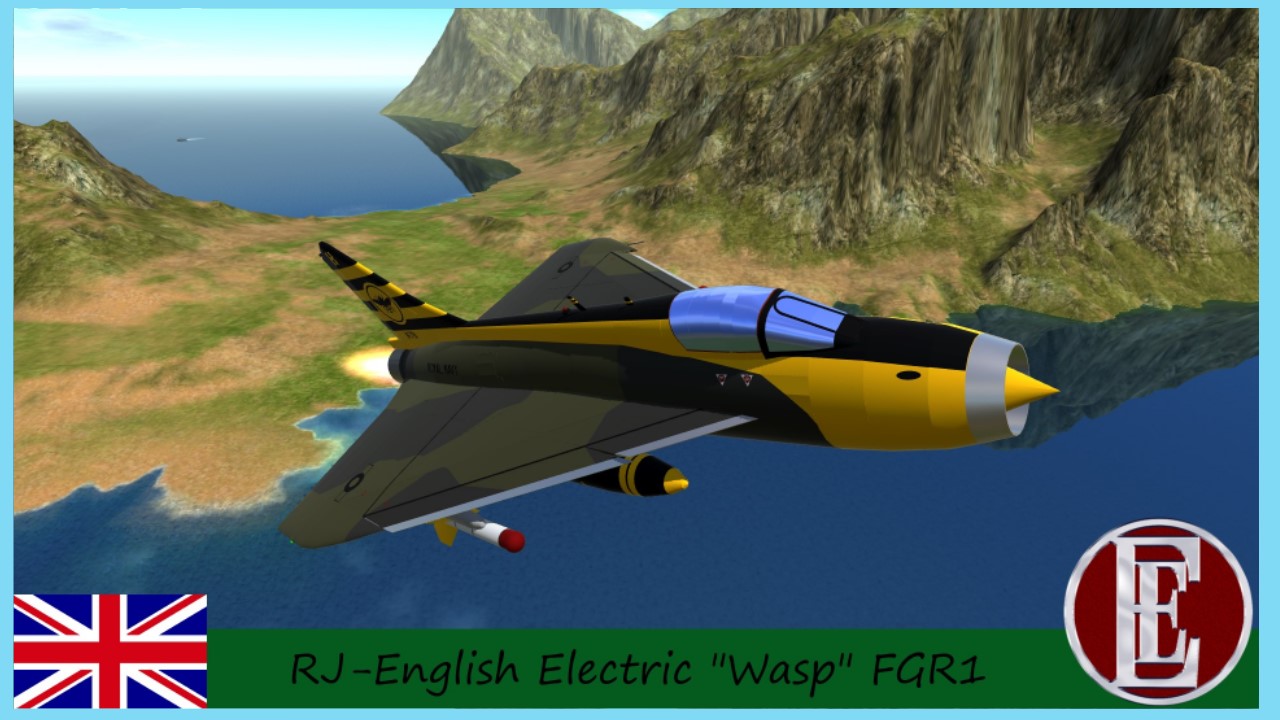
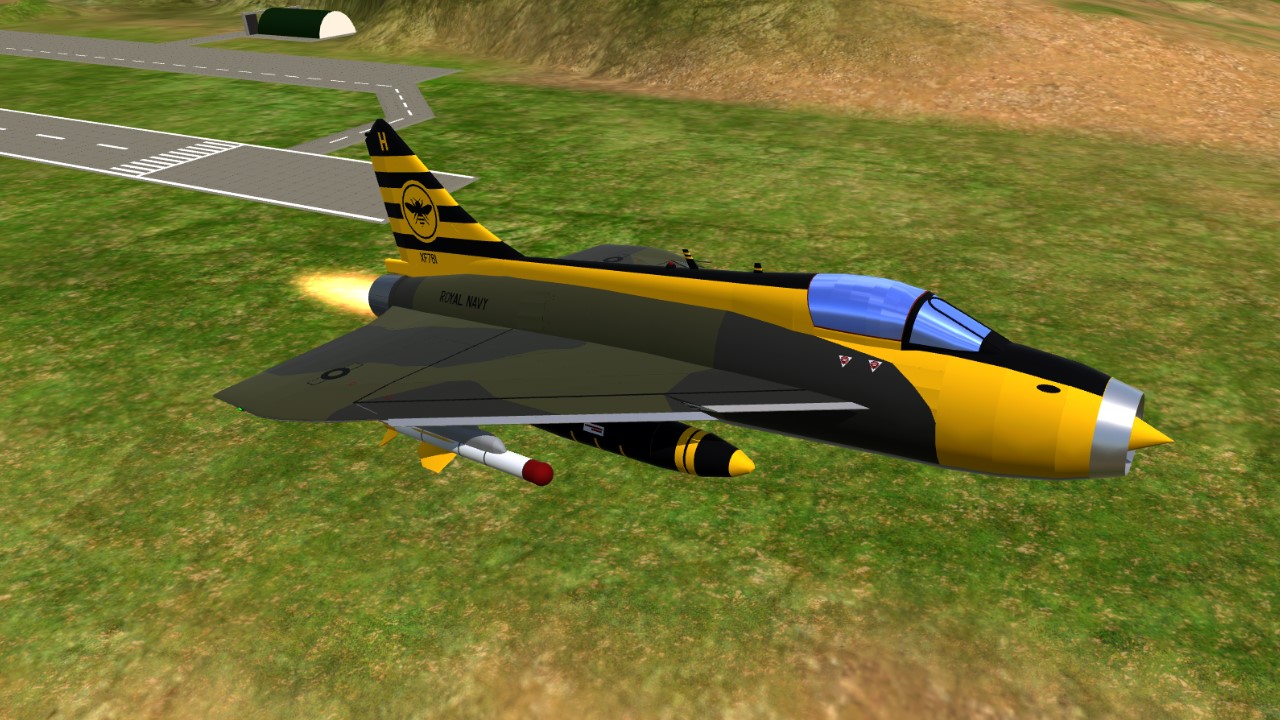
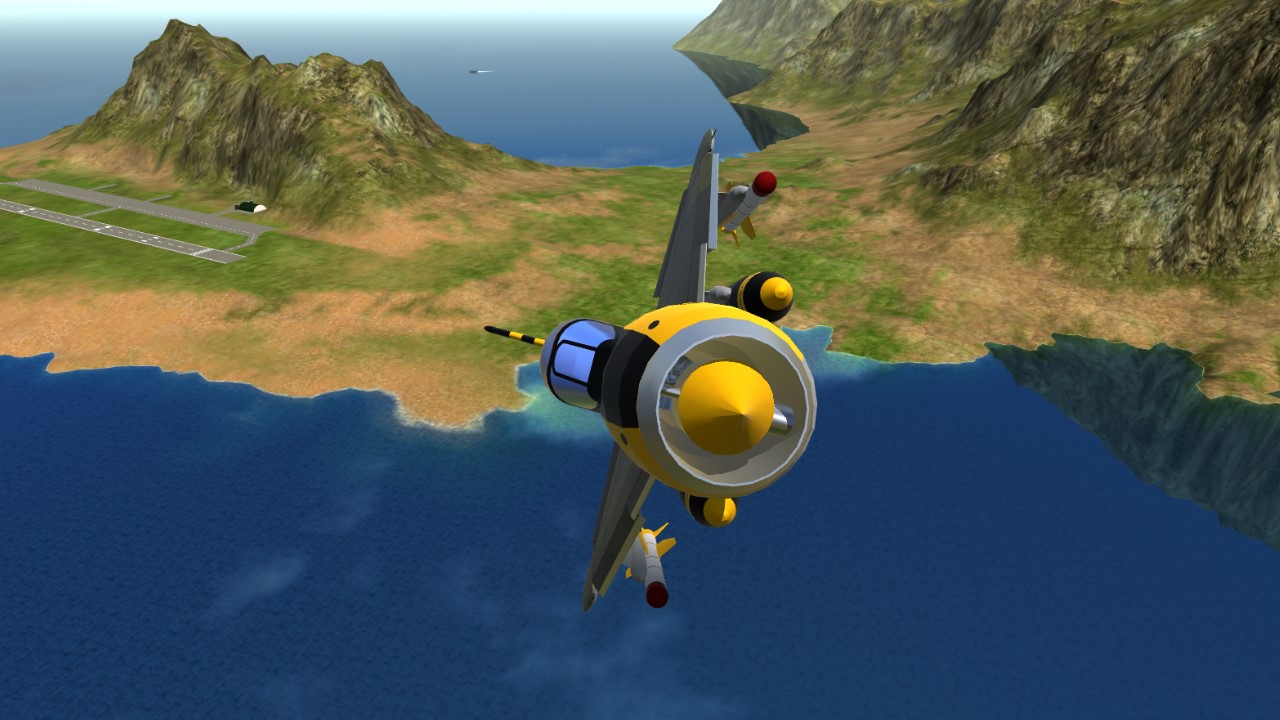
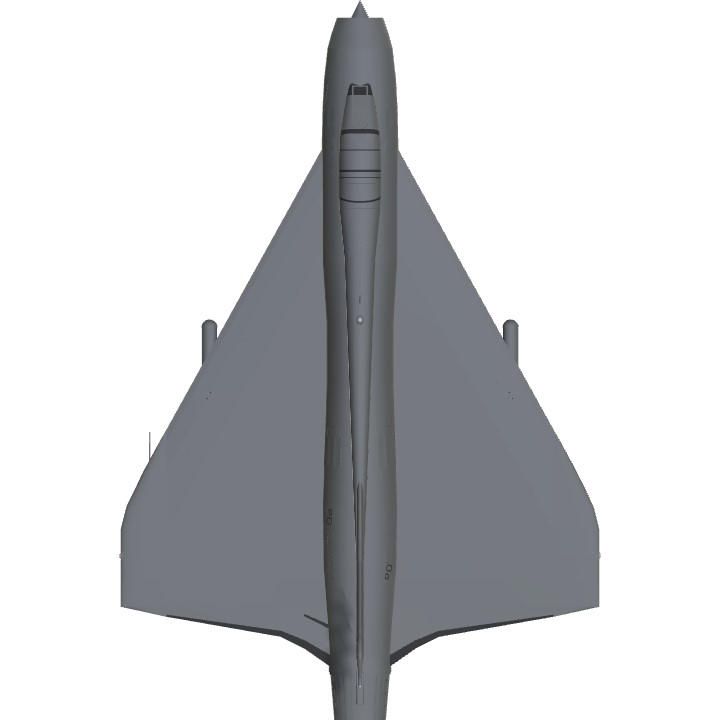
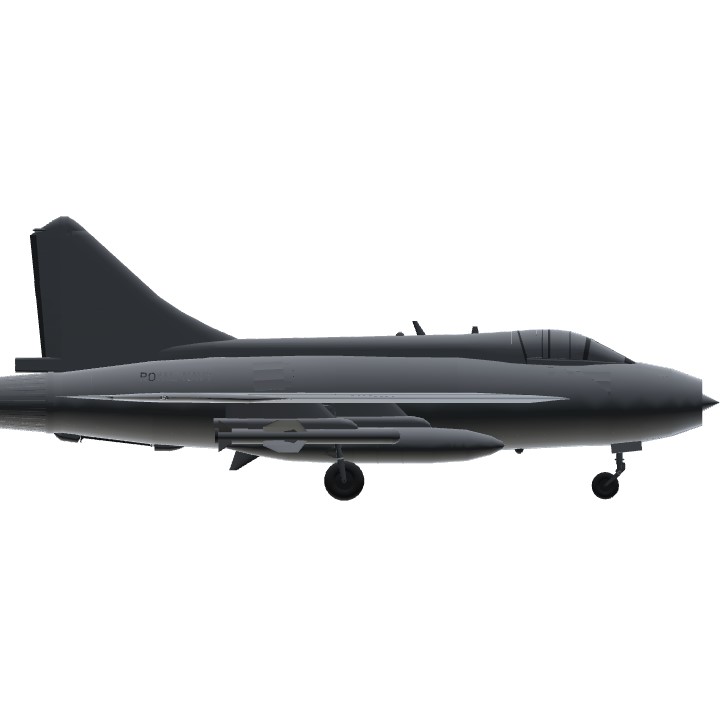
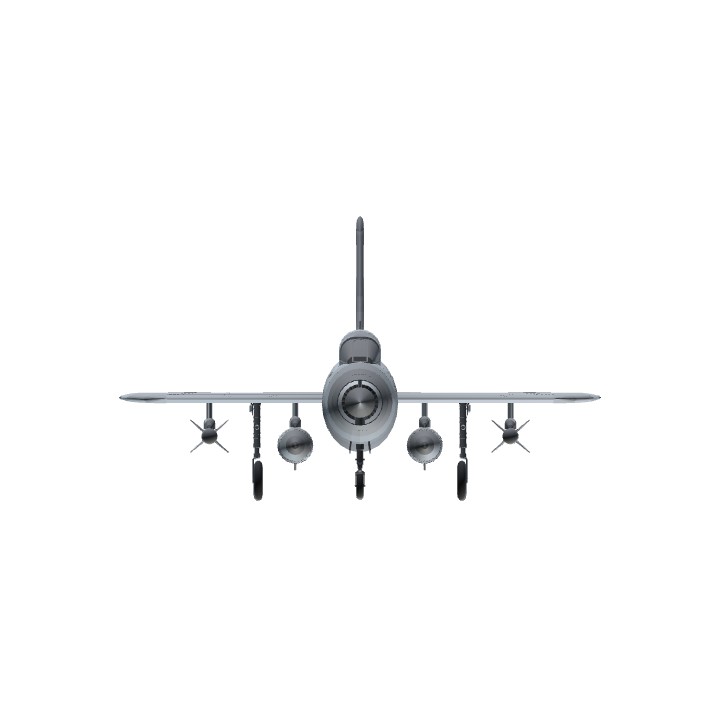
@RamboJutter
Cool!
@KnightOfRen thanks :) I did a usaf version as well.
Whoa! I love it!
@Tang0five I remember that, nice build. I liked the general concept but the tornado style nose and intakes was a step to far for me, i always thought there where simpler ways to do it, but who am i eh... =)
@BogdanX can you elaborate? The bit of the pylon to which the detacher is attached has 1 mass, the rest doesnt but it doesnt have any need to, the missiles dont wobble either
Nice
@Rambojutter : https://www.simpleplanes.com/a/uZ0DWv/Henschel-Hs-298
@asteroidbook345 Damn, that's my new background wallpaper from now on.
"If it looks right, it flies right" couldn't be any more true in this case. Outstanding build.
@Tang0five was that australian i sensed?
Crikey that’s a snappy looking kite! I quite liked the sea lightning concept, so much so I made one a while back with swing wing,
First!